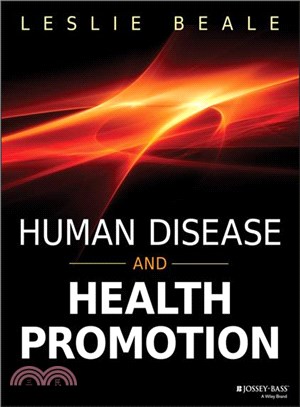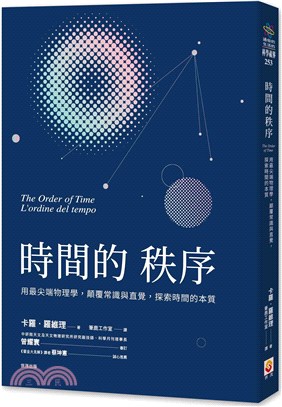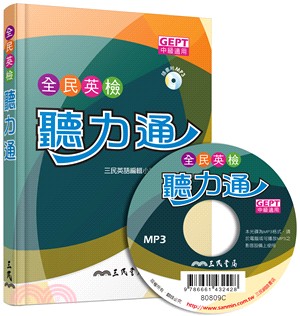商品簡介
Designed for students in health education, community health, and health social work, the book examines mechanisms of diseases and their treatments, epidemiology and pathology of major diseases, and attendant psychosocial implications. Prevention and control are discussed through the lens of health literacy, the degree to which individuals have the capacity obtain, process, and understand basic health information and services needed to make appropriate health decisions. The book highlights: knowledge of prevalent non-communicable and communicable diseases and conditions; skills development application and acquisition; patients as active participants in their care; trans-disciplinary team approach in health care services; holistic self-care; and reliable, valid, patient-focused health information.
Table of Contents:
Part One – Foundations of Human Health
1 Overview of Health; What is health? Why is health difficult to define?; What is the World Health Organization’s (WHO) definition of health?; What are risk factors and protective factors that influence health and illness?; How does the three “P’s” of pollution, population, and poverty influence health together and separately?; How do you measure health, wellness, diseases and conditions, and illness?; Why is health a basic human right and how is it linked to all other human rights?; What is Healthy People 2020?
2 Overview of Diseases and Conditions; What is a chronic disease?; What is a chronic condition?; What causes chronic diseases in the US?; What is an acute disease?; What is non-communicable versus communicable disease?; What are the most common non-communicable chronic diseases in the US?; What are the most common communicable chronic diseases in the US?; How do you prevent non-communicable chronic diseases?; How do you prevent communicable chronic diseases?; What is chronic care management?; What is end of life and palliative care?; Why are cultural considerations important to end of life and palliative care?
3 Working with Diverse Populations; What is diversity?; What are health disparity populations?; What is multiculturalism?; What is cultural awareness?; What is cultural sensitivity?; What is cultural competency?
4 Theory in Patient Care; Why is theory important to chronic care management?; What does theory explain?; How does theory improve patient care?; Who is Paulo Friere and what is critical awareness or critical consciousness?; What is empowerment education, participatory action and self-efficacy? How do these terms it relate to access to health care?; What is Social Cognitive Theory (SCT)?; How does SCT relate to health behavior, health disparities and access to health care?
5 Health Literacy; What is health literacy?; Why is health literacy more complex than general literacy?; Why is health literacy a health care issue for the 21st century?; What population groups have low health literacy?; What role does culture and society play in health literacy?; What are some health literacy strategies for chronic care management?; How does health literacy help to access quality health care?
6 Healthy Communications; What is informal oral communication skills?; What is formal oral communication skills?; How do you work with diverse learning styles of patients, and their families?; What are media literacy and computer literacy and how do they relate to health literacy?; What are some considerations in written communication skills for low health literacy materials; development of handouts, posters, displays, and videos?; How do you assess and use health literacy instruments?; How do you work with different media venues such as newspapers, radio, and television to reach low health literacy populations?; How do you identify reliable and valid web resources for low health literacy populations?
7 Creating a Partnership in Care; What are effective verbal, non-verbal and active listening skills?; What are advanced patient assessment skills?; What are patient strengths and barriers to care?; What are elements of an effective patient relationship?; What are potential roadblocks to patient-provider communication?; How do you assess patient readiness and provide support as patients make decisions?; What are characteristics of effective communication with members of the healthcare team?; How do you address issues of shame, compliance and disclosure with patients?
8 Patient Navigation; Why are patient or health systems navigation skills needed to access to quality health care?; How are health systems navigation skills helpful for patients?; What are the four main questions every patient needs to ask their health care provider?; What is a patient navigator and what is their function?; What are the types of services provided by a patient navigator?; How does a patient assess quality of care?
9 Overview of Health Insurance; Why does a person need health insurance?; How does a person get health insurance?; How does a person decide which type of insurance is right for them?; What are the differences among consumer-directed coverage, network –based plans and non-network based coverage?; What if a person is insured through their job and they leave?; How does Medicare coverage work?; What about other government and non-government programs?; Are there other types of health insurance coverage?; What if a person has a pre-existing condition?; What are clinical trials?; What are non-US health care options?
10 Having and Setting Boundaries; What is the relationship between professional boundaries and burn-out?; What is the role professional boundaries has in helping patients?; What are risky behaviors that lead to boundary violations?; What are ways to maintain healthy boundaries?; How does past personal relationships affect current patient relationships?; What are ways to restore a healthy balance to helping relationships?; What is a healthy boundaries plan?; Why is the importance of supervision in maintaining boundaries?
11 Using Family History to Promote Health; What is genomics?; How does genomics affect a person’s health?; Why is it important to know your family history?; Why is genomics important to chronic care management?
Part Two – Human Diseases and Wellness
12: Non-communicable diseases: Arthritis, Osteoporosis, and Chronic Back Conditions, Alzheimer’s and dementia, Asthma and allergies, Cancers including breast, colorectal, gynecologic, lung, prostrate and skin, Chronic Obstructive Pulmonary Disease (COPD), Chronic Kidney Diseases, Chronic Fatigue Syndrome, Type 2 Diabetes, Heart Diseases and Stroke, Mental Health and Mental Disorders such as depression, Obesity and other eating disorders, Liver diseases, Epilepsy, Alcohol and other drug addictions including tobacco, vision and Hearing diseases and conditions
13: Communicable diseases: Infectious Mononucleosis; Influenza, HIV/AIDS, Hepatitis, Herpes virus infections, Viral Meningitis, Viral Pneumonia, Sexually Transmitted Infections including Human Papillomavirus (HPV), Gonorrhea, Chlamydial infections, Genital Warts and Vaginitis
14: Oral Health: Blood Disorders, Bulimia, Cardiovascular Diseases, Diabetes and other Endocrine Disorders, Gastrointestinal Disorders, Kidney Disease, Neuromuscular Diseases, Pregnancy, Respiratory Diseases, substance Abuse including Tobacco
作者簡介
主題書展
更多書展本週66折
您曾經瀏覽過的商品
購物須知
外文書商品之書封,為出版社提供之樣本。實際出貨商品,以出版社所提供之現有版本為主。部份書籍,因出版社供應狀況特殊,匯率將依實際狀況做調整。
無庫存之商品,在您完成訂單程序之後,將以空運的方式為你下單調貨。為了縮短等待的時間,建議您將外文書與其他商品分開下單,以獲得最快的取貨速度,平均調貨時間為1~2個月。
為了保護您的權益,「三民網路書店」提供會員七日商品鑑賞期(收到商品為起始日)。
若要辦理退貨,請在商品鑑賞期內寄回,且商品必須是全新狀態與完整包裝(商品、附件、發票、隨貨贈品等)否則恕不接受退貨。
























